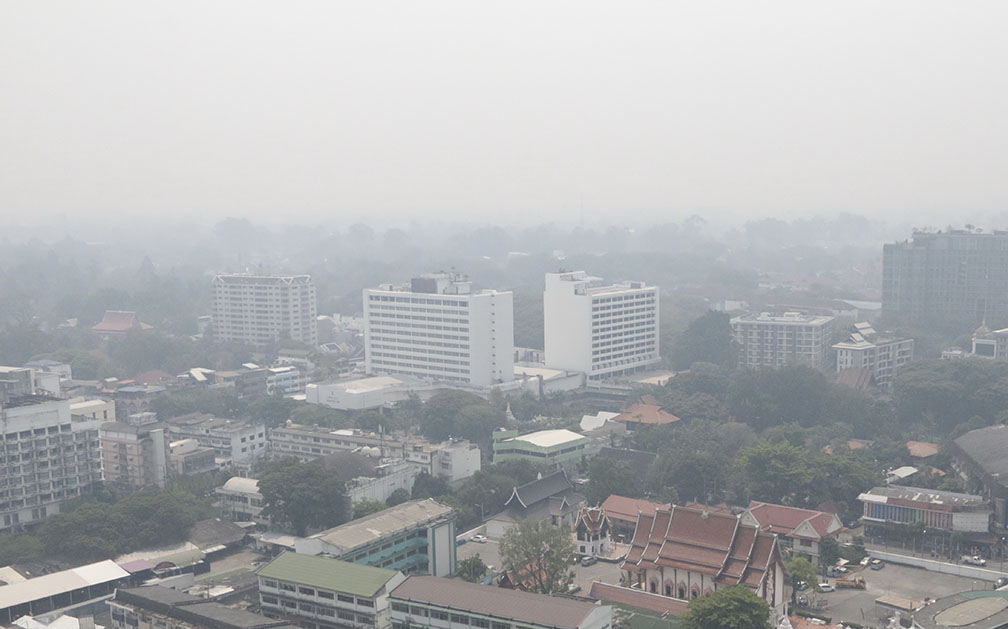Chiang Mai and Lampang provinces are witnessing a concerning surge in lung cancer cases attributed to high PM2.5 levels, as revealed by recent studies. According to Assoc Prof Chalerm Liewsisakul of Chiang Mai University’s Faculty of Medicine, the past decade has witnessed a distressing decline in air quality, closely associated with a rise in respiratory ailments.
Over the years, the mortality rate from lung cancer in the region has soared from 20.3 to 30.7 per 100,000 individuals, underscoring an urgent need for immediate measures to combat air pollution, especially in Chiang Mai and Lampang. Disturbingly, the data also points to a heightened prevalence of lung cancer among young residents, indicating a direct consequence of prolonged exposure to PM2.5 pollutants.
Research conducted among emphysema patients in areas like Chiang Dao, notorious for elevated PM2.5 levels, has uncovered cellular changes potentially leading to genetic mutations and cancer onset. Moreover, the detrimental health effects of PM2.5 pollution extend to a surge in respiratory issues, including severe conditions like emphysema, coronary heart disease, and strokes during periods of heightened pollution.
An analysis by Chiang Mai University’s Faculty of Medicine established a direct correlation between PM2.5 concentrations and mortality rates, with a concerning 1.6% rise in deaths for every ten micrograms per cubic meter increase in PM2.5 levels. Additionally, the faculty linked the tragic demise of Prof Rawiwan Olarnratmanee to lung cancer induced by PM2.5 exposure.
Meanwhile, Maharaj Nakorn Chiang Mai Hospital reported a staggering surge in patients seeking treatment for pollution-related ailments earlier this year, doubling the figures from the previous year.



